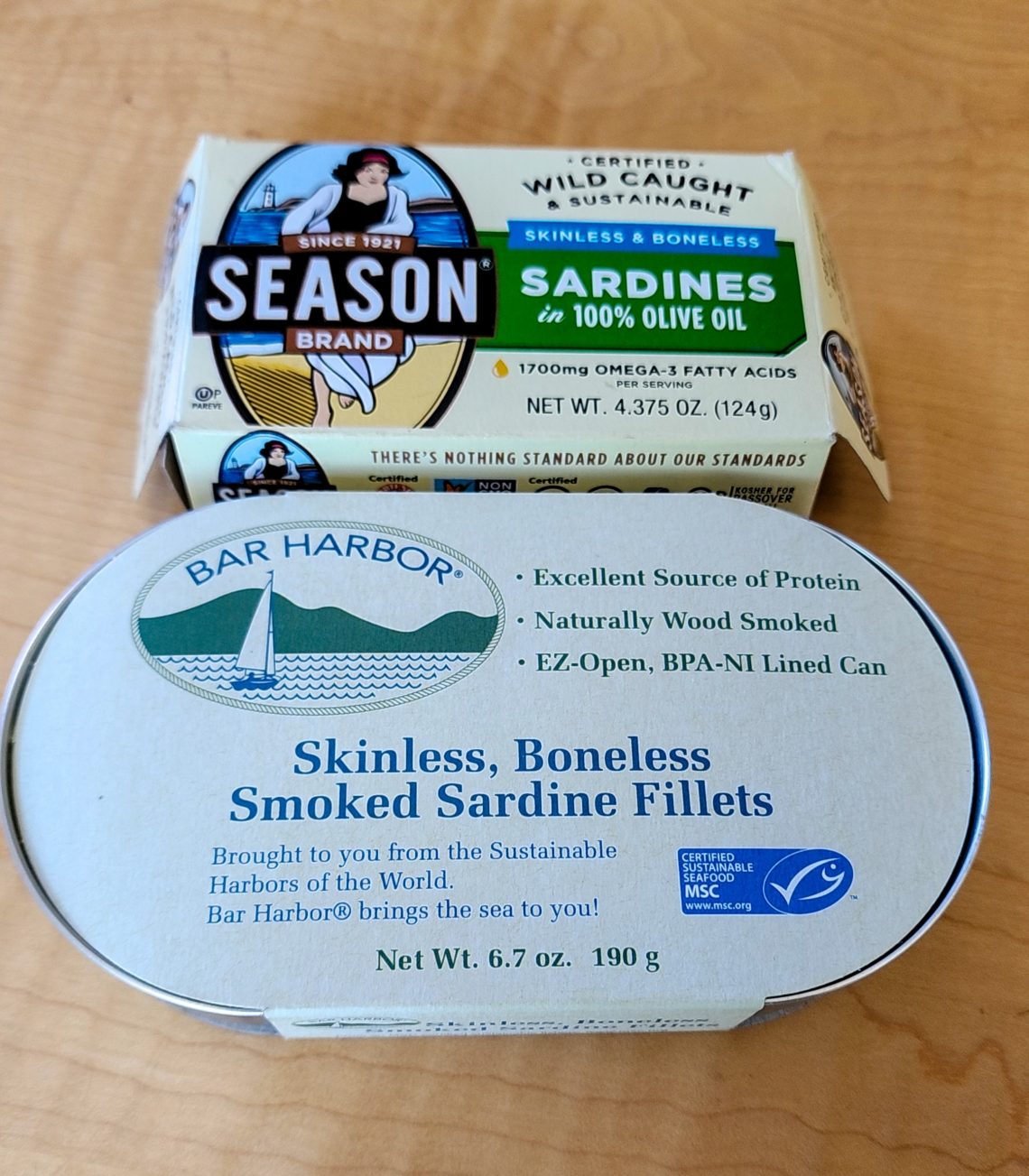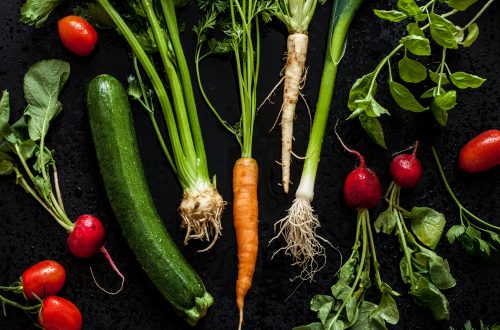
Trending Now: Tinned Fish
If you grew up as I did, far away from the ocean in the middle of the country in the 1950s, you didn’t want to eat store-bought fish. It smelled and tasted, well, “fishy.” The transportation and distribution systems of the time just didn’t accommodate fresh seafood. We still had seafood on occasion, but it almost always came out of a can. The Farm Journal Country Cookbook of the time stated: “Canned salmon and tuna on the kitchen shelf insure the makings for tasty main dishes.” The book displays 15 recipes for everything from salmon casserole to tuna fish pie. And the cookbook published by my grandmother’s Methodist Church back in farm country has more than a half-dozen recipes for what modern chefs refer to as tinned fish. Back then, the farm cooks made salmon spread, crab dip, tuna salads and casseroles, salmonette (salmon cakes), and seafood quiche from the can.
The Best I(n) Can
During the 1950s, I loved joining with my grandfather in eating tinned sardines on Ritz crackers. Here in 2023, tinned fish has become a “thing.” Not the kind of tinned tuna and sardines that I consumed 70 years ago; no, we’re looking at the premium fish. To augment their business, the Portuguese tinned-fish industry has sponsored a promotion that includes monthly new meals by chef Akis Konstantinidis who has authored a cookbook The BestI(n) Can that features many of those dishes.
What the chef puts forth is a far cry from tuna casserole concocted from a can of cream of mushroom soup, a can of tuna, some milk, cooked peas, and a topping of crushed potato chips. Counter that with Konstantinidis’ sea bass fillets au meunière with new and vitelotte potatoes and pearl onions. His hot-and-cold salad of sardine fillets and vegetables would put my sardines and Ritz crackers to instant shame.
What sets these new Portuguese dishes apart is his use of fresh ingredients as well as the higher-quality tinned fish. Back in the 1950s, supplies of fish and fresh vegetables were not always easy to obtain. Today’s enhanced transportation and technology-rich supply chains make it much easier to pick up even exotic ingredients. Obtaining the tinned seafood from Portugal and Spain is relatively easy these days. But don’t neglect the canned fish from the Nordic countries, as well as Korea and Japan. In addition, some high-quality U.S. versions are now available. And craft canneries are sprouting up in Canada and Alaska. Patagonia Provisions (yes, that brand) offers tinned seafood focused on sustainable fishing.
Portuguese markets
Here in Massachusetts, Fall River is home to the largest Portuguese population in the U.S., served by Portugalia Marketplace, a Portuguese specialty brick-and-mortar food grocer that also has a robust online store with a variety of tinned seafood. Lowell has Valentina’s Portuguese Market. Island Creek Oysters on Cape Cod has collaborated with Mariscadora from Galicia, Spain to offer a line of tinned shellfish. And of course, there are other online sources.
But the main idea is that this approach makes sense, especially for those times when you have unexpected guests for a meal or when you’re just too tired to go to the store. Assuming you have fresh vegetables available, you have the makings of an outstanding meal. Konstantinidis’ ventresca tuna salad, for example, calls for celery root, beets, and walnuts together with yogurt, mayo, vinegar, garlic, olive oil, and a few spices. His broadbean salad with tuna fillets requires a red onion, young broadbeans, lettuce, and cherry tomatoes, tossed in a vinaigrette and covered with toasted sesame seeds. If a friend shows up at your door at dinnertime, these are fantastic meals to offer.
As for me, I still enjoy my sardines and crackers, but I think I’ll branch out with some of these recipes once my garden starts producing vegetables. Are you a fan of tinned seafood? What’s your story?
Do have ideas for topics you’d like me to cover? Or comments on this blog? Please click on “Read in Browser” or on the headline to view the blog on the website. You can log in and comment at the end of the blog to share your thoughts and start a discussion.
If you’d like to share the blog, click on the Facebook icon or one of the others. Thanks!




